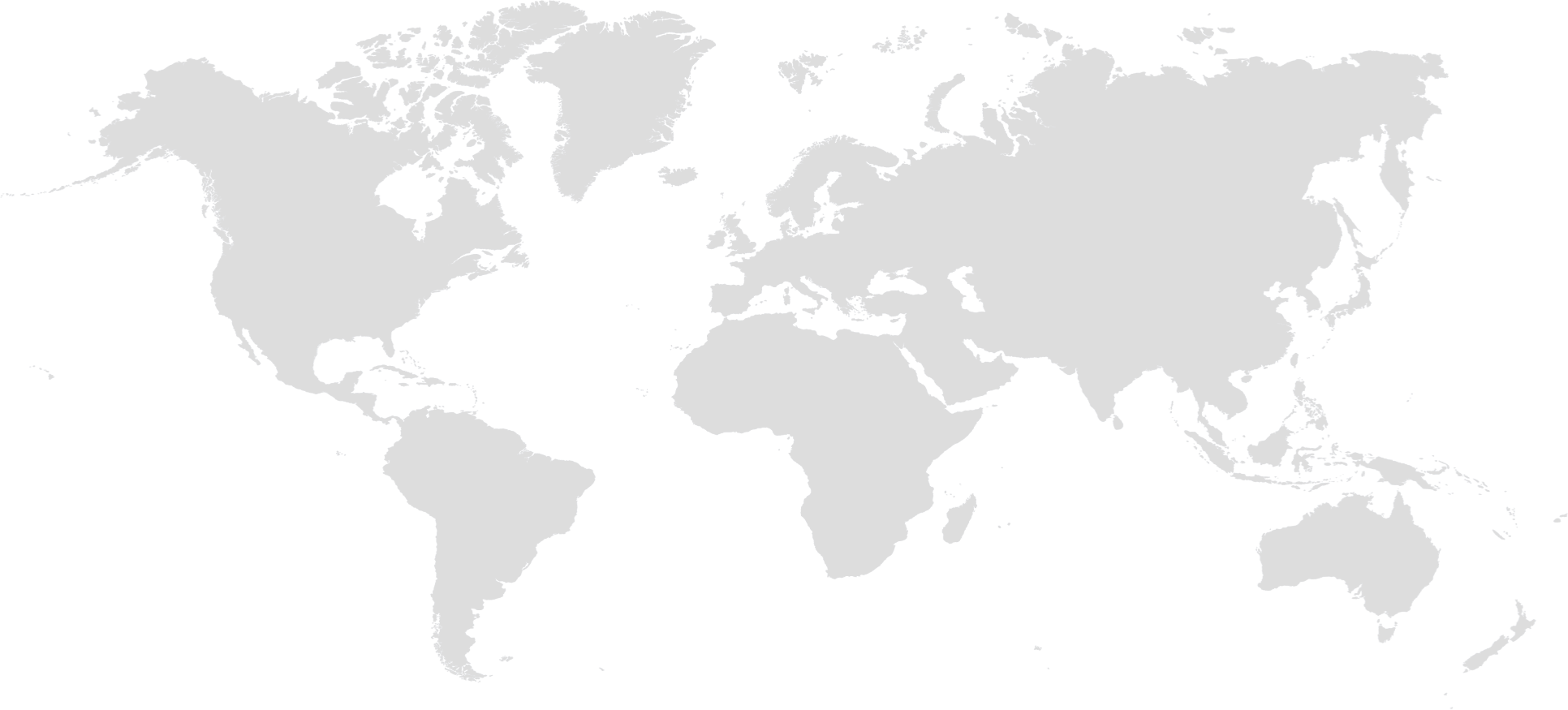Introduction
Maglev turbo blowers are gaining popularity in various industrial applications due to their energy efficiency, low maintenance requirements, and operational reliability. However, manufacturing these advanced devices cost-effectively is a challenge that requires strategic planning and innovation. This article explores methods and best practices for achieving cost-effective manufacturing of maglev turbo blowers.
Key Factors in Cost-Effective Manufacturing
1. Material Selection
High-Performance Materials
Selecting the right materials is crucial for the performance and durability of maglev turbo blowers. Using high-performance materials that offer a good balance between cost and performance can significantly reduce overall manufacturing expenses. Materials such as high-strength aluminum alloys and advanced polymers can be used for various components to minimize costs without compromising quality.
Supplier Relationships
Building strong relationships with reliable suppliers can lead to cost savings through bulk purchasing and negotiated discounts. By sourcing materials in large quantities, manufacturers can benefit from lower prices and better terms.
2. Design Optimization
Simplified Design
Simplifying the design of maglev turbo blowers can reduce manufacturing complexity and costs. This involves minimizing the number of components and using standard parts wherever possible. A simplified design also facilitates easier assembly and reduces the potential for errors.
Design for Manufacturability (DFM)
Implementing Design for Manufacturability (DFM) principles ensures that the product design is optimized for efficient manufacturing processes. This includes considering factors such as ease of fabrication, assembly, and testing during the design phase. DFM helps in reducing production time, minimizing waste, and lowering overall costs.
3. Advanced Manufacturing Technologies
Additive Manufacturing
Additive manufacturing, or 3D printing, can be used to produce complex components with high precision and minimal waste. This technology allows for the creation of intricate geometries that would be difficult or expensive to produce using traditional methods. Additive manufacturing can also reduce lead times and enable rapid prototyping.
Automation and Robotics
Incorporating automation and robotics into the manufacturing process can significantly enhance efficiency and reduce labor costs. Automated systems can handle repetitive tasks, maintain consistent quality, and operate continuously, leading to higher productivity and lower manufacturing costs.
4. Lean Manufacturing Principles
Waste Reduction
Implementing lean manufacturing principles helps in identifying and eliminating waste in the production process. This includes reducing excess inventory, minimizing transportation and handling, and streamlining workflows. By focusing on value-added activities, manufacturers can reduce costs and improve efficiency.
Continuous Improvement
Adopting a culture of continuous improvement ensures ongoing optimization of processes and cost savings. Regularly reviewing and refining production methods, incorporating feedback, and investing in employee training contribute to sustained cost efficiency.
5. Quality Control and Testing
In-Process Monitoring
Implementing in-process monitoring systems helps detect and address issues early in the manufacturing process. This reduces the likelihood of defects and rework, leading to cost savings. Real-time monitoring ensures consistent product quality and minimizes material waste.
Final Inspection
Conducting thorough final inspections ensures that only high-quality products reach the market. This reduces the risk of returns and warranty claims, which can be costly for manufacturers. A robust quality control system enhances customer satisfaction and protects the manufacturer’s reputation.
6. Supply Chain Management
Efficient Logistics
Optimizing logistics and supply chain management can lead to significant cost savings. This includes reducing lead times, minimizing inventory costs, and ensuring timely delivery of materials. Effective supply chain management ensures a smooth production process and reduces the risk of costly disruptions.
Strategic Sourcing
Strategic sourcing involves selecting suppliers based on factors such as cost, quality, and reliability. By choosing the right suppliers and negotiating favorable terms, manufacturers can reduce material costs and improve overall cost efficiency.
Case Studies
1. Automotive Industry
In the automotive industry, cost-effective manufacturing of maglev turbo blowers involves using high-performance materials, optimizing design for manufacturability, and implementing lean manufacturing principles. Companies like Tesla leverage advanced manufacturing technologies and automation to reduce production costs and enhance efficiency.
2. HVAC Systems
For HVAC systems, manufacturers focus on material selection and design optimization to produce cost-effective maglev turbo blowers. Implementing lean manufacturing principles and continuous improvement strategies helps in reducing waste and improving overall efficiency. Companies like Carrier use these practices to maintain a competitive edge.
3. Wastewater Treatment
In wastewater treatment applications, cost-effective manufacturing involves optimizing the design and using high-performance materials to ensure durability and reliability. Advanced manufacturing technologies and automation help in reducing labor costs and improving production efficiency. Companies like Xylem implement these strategies to deliver high-quality products at competitive prices.
Conclusion
Achieving cost-effective manufacturing of maglev turbo blowers requires a strategic approach that includes material selection, design optimization, advanced manufacturing technologies, lean manufacturing principles, quality control, and efficient supply chain management. By implementing these best practices, manufacturers can reduce costs, improve efficiency, and deliver high-quality products that meet the demands of various industrial applications. As technology continues to evolve, staying ahead of the competition will involve continuous innovation and improvement in manufacturing processes.






